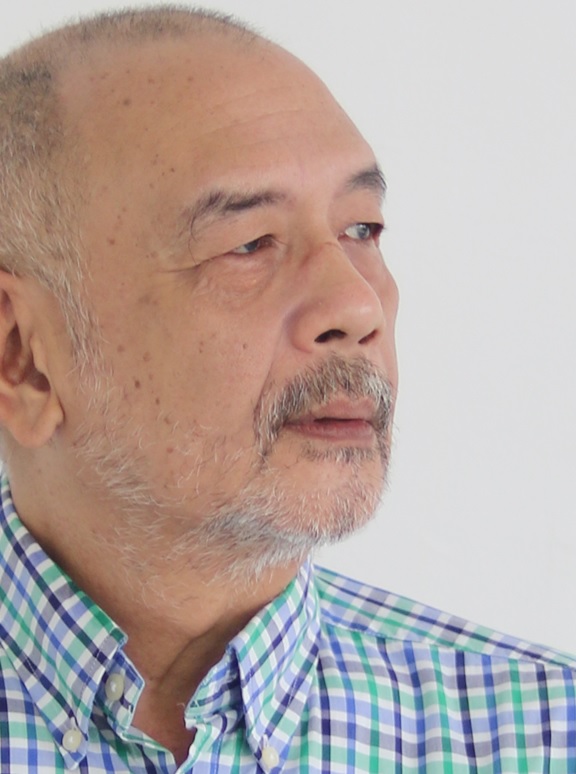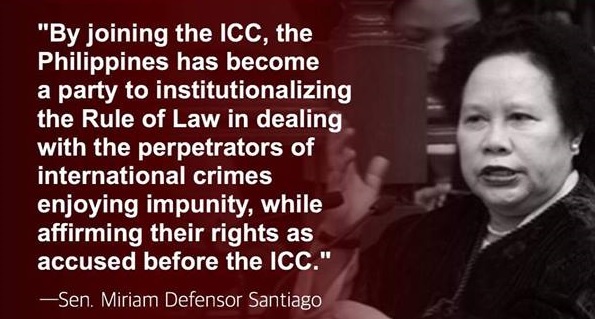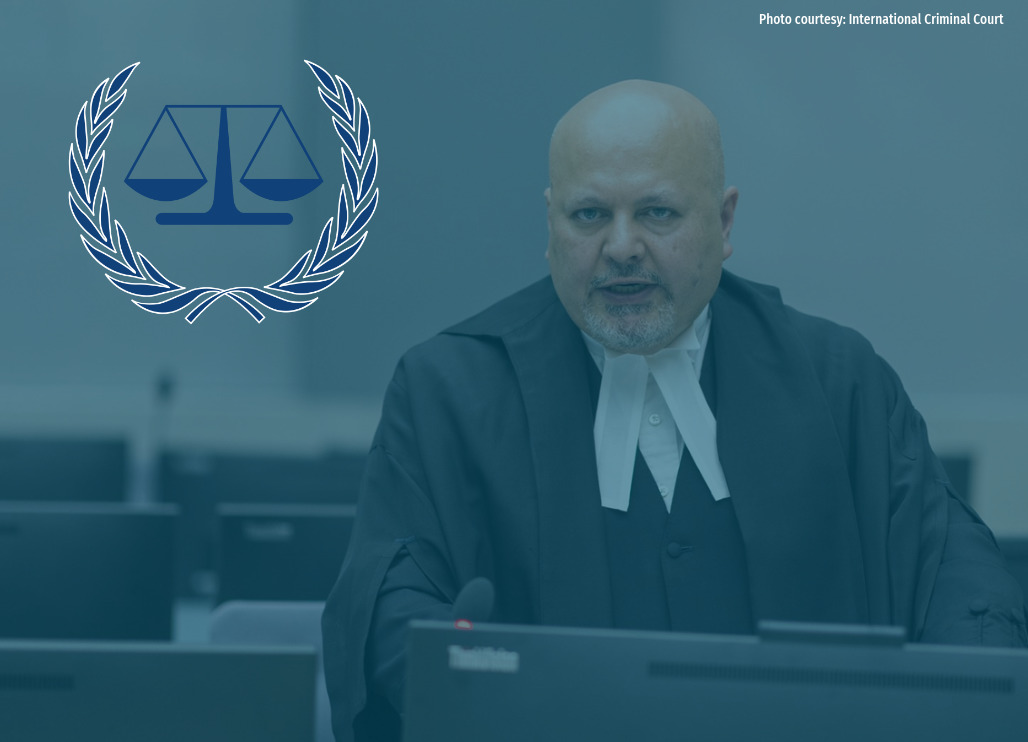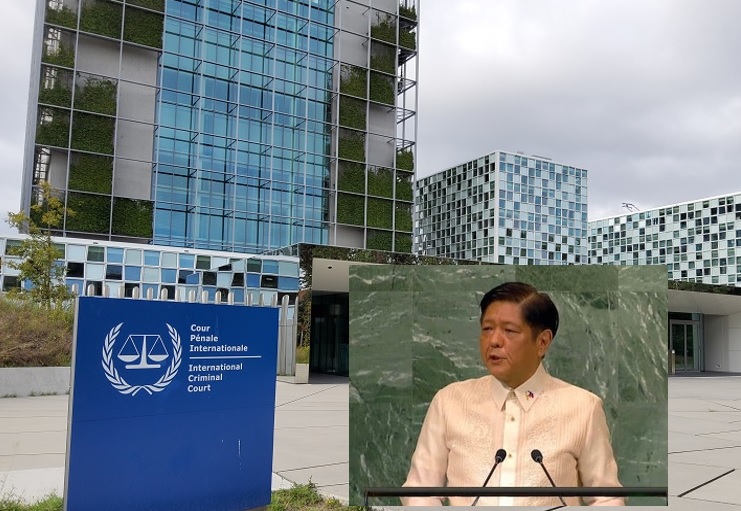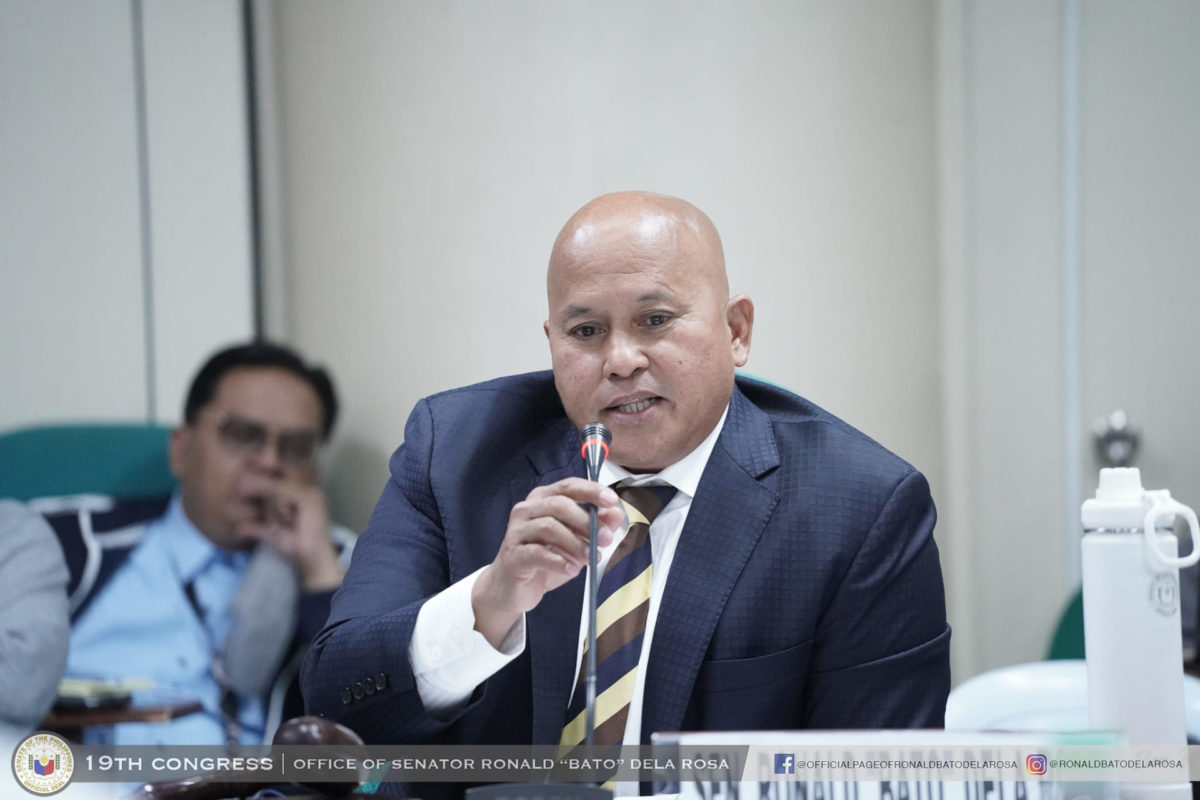We speak of two kidnappings. One was real, the other virtual.
The virtual was nothing but computer-generated, not by mere individual sources but across digital platforms. It was, in the words of Philippine Star’s study of influence operations, an organized campaign not just to distribute false information but also to twist narratives.
In fact, the digital forensics it conducted revealed an alarming attempt to “poison the well of public perception” as ordinary Filipinos wanted to find out verified information about the arrest and extradition of former president Rodrigo Duterte this March 11.
The outbreak began quietly as early as 12 pm of March 9 when identical messages appeared using the flavor-of-the-month word: kidnapping. Recall that this was as yet two days before the actual arrest. It first appeared in the Facebook account of Maria Fema Duterte, currently running for Cebu province’s 7th congressional district. The following appeared on her account (unedited):
“Remember that Philippines is not an ICC member country, so any arrest warrant issued by that foreign court is null and void. Only Filipino courts can issue an arrest warrant against Duterte. Any Filipino police officer who implements the arrest warrant will be guilty of kidnapping and illegal detention. ICC, as a foreign court, has no jurisdiction/authority over (Philippine flag emoji). Constitution only rests judicial power in the (Philippine flag emoji) Supreme Court and (Philippine flag emoji) regional trial courts.”
No matter the fallacy and fakery, the copy-and-paste blitz spread. Disinformation researchers call the coordinated message blitz “copypasta” – the same text copied and pasted across the web by several individual accounts at the same time.
Duterte was served the warrant at about 9 in the morning of March 11. He was extradited to The Hague at about 11 in the evening that night. In that 14-hour window, at least 200 seemingly unrelated accounts posted the identical text that accused law enforcers of abducting Duterte to the International Criminal Court (ICC) in the Netherlands.
Hours prior to the departure of Duterte’s private jet to The Hague, Kitty Duterte posted on Instagram: “This is the plane they used to kidnap my dad. #NeverForget.” Presto, the juvenile bag-toting Kitty is now the new political arbiter.
That same night, Sara Duterte told reporters outside the gates of Villamor Air Base that this was “state kidnapping.” Harry Roque repeated the line: “This is a government-sponsored kidnapping.”
On the day of Rodrigo Duterte’s first pre-trial hearing, his then lawyer Salvador Medialdea told the judges: “Duterte was abducted from his country, which for less legal minds, was pure and simple kidnapping.” Medialdea was later told he cannot lawyer for Duterte, as he is not an accredited ICC counsel.
All those who posted made no attempt to credit the original author of the line. Some added CTTO (“credit to the owner”). The posts continued on March 12 after Duterte had left. The exponential growth became even more pronounced when the same line was shared among community groups.
The Philippine Star analysis was given its more alarming context by Regine Cabato, a Filipino journalist who situates disinformation and influence operations in the Philippines. While the kidnapping may have little or no effect on the ICC (it is not the first time, says ICC assistant to counsel Kristina Conti), Cabato warns: “the lasting damage is to public discourse itself and the ability of citizens to engage with complex issues based on factual information.”
It is of no surprise that all chapters of Duterte Diehard Supporters all over the world parrot the line that Duterte was kidnapped. The copycat and its unthinking repetition may be amusing for its idiocy, but the damage has been done as Cabato puts it: “the well of public perception is poisoned.”
Daily in our lives in this present digital age, we process a procession of information. Lest we forget, kidnapping is one of the most sordid black eyes of the Duterte regime. Let’s recall.
The kidnapped Korean businessman Jee Ick-Joo was murdered by his abducting police inside Camp Crame where the headquarters of the Philippine National Police is. Who was the PNP Chief at that time? It was Bato dela Rosa.
Jee, together with a household staff, was kidnapped from his Angeles City home on October 18, 2016, when Duterte was already president. The abduction happened on the guise of Duterte’s war on drugs. Illegal drugs trade was by then a Duterte mantra repeated over and over as his attack brand. The cops were also thieves – they took away jewelry and passports from the Jee house.
The cops brought him to Camp Crame – where crime is not supposed to happen – and strangled him to death. They then brought Jee’s body to a funeral parlor in Caloocan, paid the owner P30,000 to cremate Jee’s body, his ashes then flushed down a toilet. Days later, the same cops demanded ransom of P5M from Mrs. Jee.
If impunity was a hallmark of Rodrigo Duterte’s rule, he behaved true to form, even as he would later offer an apology to the South Korean government. Duterte never used the principle of command responsibility. He said Dela Rosa had nothing to do with the crime. He said the same thing of Dante Gierran, the chief of the National Bureau of Investigation. An asset of the NBI was one of those who participated in the crime.
But who was Gierran? ICC whistleblower Edgar Matobato would tell us who Gierran was in the scheme of things of the Davao Death Squad: he was involved in the killing of a man in Davao city who was fed to crocodiles. It was a DDS killing that Gierran participated in. Gierran was also a Lex Talionis fraternity brother of Duterte.
These instances of impunity are better recalled now as Duterte hyper-partisans twist narratives and make us forget the ultimate aim of bringing Duterte to the ICC: accountability of alleged crimes instigated by him that killed 30,000 or even more Filipinos using state forces, the PNP.
The contrast to the Jee Ick-Joo kidnapping vis-à-vis the false narrative that he was kidnapped is without shame on the part of Duterte’s fake news purveyors.
Because this was how he was “kidnapped:”
He was shown the ICC warrant before disembarking from his plane from Hongkong.
He was read his Miranda Rights right at the NAIA 3 airport.
At Villamor, he was told the plane for The Hague would have three seats for three lawyers of his choice. Medialdea declined. Martin Delgra declined. Medialdea’s wife Bertola, also a lawyer, did not volunteer. And so Salvador Medialdea was chosen.
He was told his common-law wife Honeylet Avanceña will be permitted to leave with him. She declined.
He was asked about his food preferences. He and Honeylet did not respond.
He was asked about his maintenance medicines. Honeylet did not answer.
In the plane were three health personnel to travel with him: a doctor and two nurses.
He was made to choose two of his personal bodyguards who would be given plane seats. They travelled with him all the way to the Rotterdam The Hague airport.
Their travelling party from Hongkong witnessed everything. The group included three retired police generals and their wives.
At one point he said he wanted to take a nap. He was shown the presidential suite.
The entire proceeding from his arrival from Hongkong to his departure from Villamor was recorded. How can someone be kidnapped while the whole world was watching?
If this was kidnapping, it was kidnapping in style. Convince the three ICC judges of Pre-Trial Chamber I that it was a crime.
The views in this column are those of the author and do not necessarily reflect the views of VERA Files.

